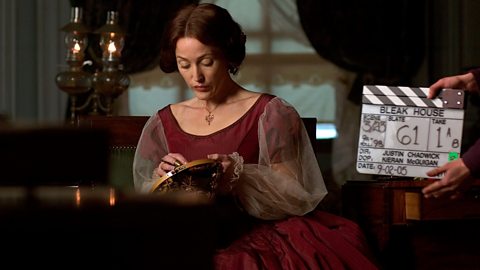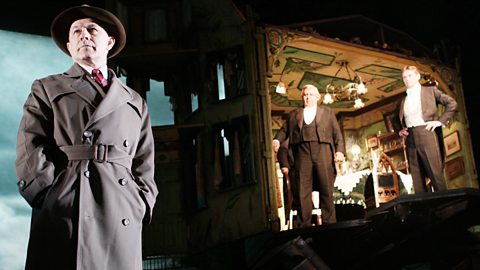Scripts as a stimulus
Creating and staging a devised performance
When you stage a performance, identify the purpose of your work and the target audience. Choose a suitable style and stage layout. Remember that rehearsals allow you to fine tune your piece.

Developing characters
When you're developing a character, consider their voice, movement, body language and mannerisms. Discover their motivation and objectives, and research social, cultural and historical contexts.

Drama elements
The elements of drama are the ingredients that give the work its shape and character. As well as characters, plot and action, consider which dramatic forms and dramatic coventions to use.

Explorative strategies
Explorative strategies are techniques that you can use to gain a deeper understanding of characters, to explore scenes and to experiment with characterisation.

Improvisation
Improvising is inventing and creating content spontaneously. It's a great way to generate new ideas and for creating and developing characters, using a variety of useful techniques.

Interpreting and staging a scene
There are many things that you need to consider in order to present your drama successfully. Think about the aim of your piece, the type of stage you're using and the style of your work.

Responding to a stimulus
There are many ways of finding ideas for creating drama. You can use scripts, themes and characters from exisiting plays or use other stimuli such as music, poetry and artefacts.

Script and improvisation
Spontaneous and rehearsed improvisation can be used to generate new content. Exploring themes in a play and experimenting with styles and status are useful when creating new scripts and characters.

Structure of a play
The structure of a play is the order in which action and scenes are placed. Stories can have either a linear or a non-linear structure. Dramatic tension can be an effective device in storytelling.

Links
- External linkExternal link
- External linkExternal link
- SubscriptionSubscription